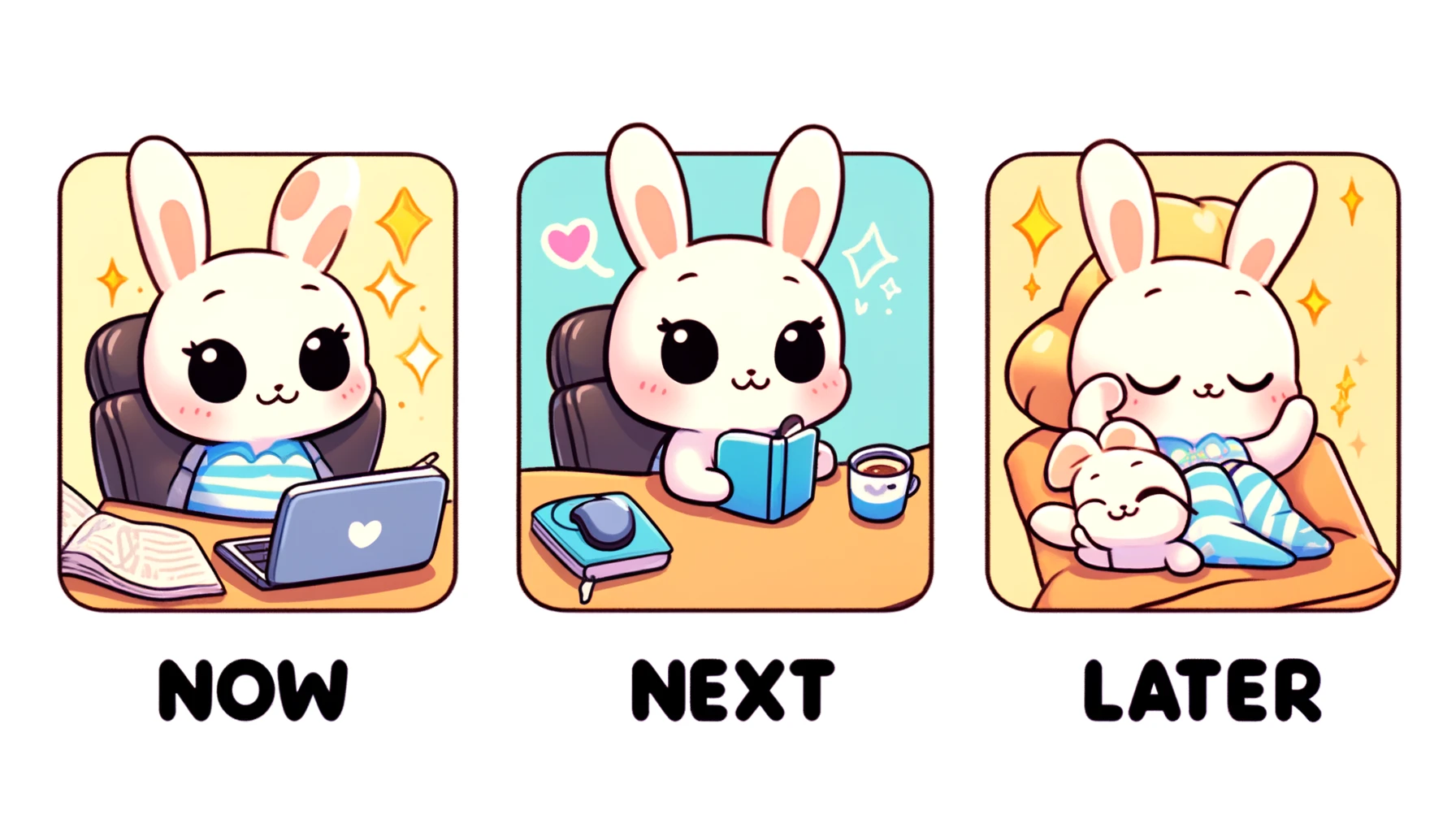Options papers frame a problem and outline what support is needed to resolve. Organisations use them to decide where to spend money and time. Learn how to write options papers here.
Jump to Section
- Introduction
- What Is an Options Paper For, What Makes One Great?
- Think of the Audience
- Politics and Pre-Sign Off, Shopping It Around
- The Presentation
- Nothing Is Perfect, Learn and Iterate
Introduction
It is common in very large organisations to find that only a small handful of individuals can make decisions, and that even their decisions require sign-off from above before being enacted. This is especially true when it comes to decisions involving the spending of money, whether it is is spent by purchasing a product or service or the time of existing employees. These form part of a governance framework that makes up the checks & balances intended to prevent duplicate efforts, increased variance in the system and movements away from a strategic direction.
As frustrating as these hierarchical decision frameworks can be, when implemented and followed properly they can be the difference between aligning with strategy or not, meeting budget expectations or not. Large companies often move slower and spend more. It is important to ensure money is spent wisely and keeps the organisation moving in the right direction, ultimately ensuring it remains in business. It can be amazing to see the waste generated by teams traveling towards their own goals with no regard for the organisation, with no constraints pulling them towards a common outcome.
When operating in this environment, usually as a manager, it is important to understand there three key facts:
- The process exists to help the company succeed by enforcing alignment to strategy.
- The process is simple and effective if #1 is understood.
- “Winning” means understanding the above two points, combining them with influence and sales skills to influence decision makers towards supporting your suggested action.
What Is an Options Paper For, What Makes One Great?
All employees operate in a constrained environment, including management and the executive. Whether you know your budgets or not, they exist (if you do not know your budgets, go ask finance and don’t stop asking until you get them). They exist in two forms, which can help you understand how to think about these constraints:
- Your available headcount.
- Your available money for goods or services (e.g. SaaS tools or vendor spend).
You are unlikely to have a surplus. This means when you need something you will have to ask for money. This is where an options paper comes in.
A great options paper offers four major components:
- A clear explanation of the problem (with a high level overview of the ideal solution)
- A clear outline of the options available (usually no more than 3, 2 is better), with a clear winner
- A blindingly obvious “so what” that outlines what happens if you do not get what you are asking for
The fourth doesn’t go into your options paper, it needs to be an understanding within yourself. You need to understand that you could get denied. Separate your emotions from this work. If you fail, understand why and possibly try again, don’t let it beat you down. Consider why you failed - what context were you missing? What questions couldn’t you answer? And incorporate those learnings into your next attempt.
The paper should be no more than 4-5 pages long (including graphs if necessary) if written, and no more than 4 slides if assembled in presentation style. Personally I prefer written papers but you will need to follow norms within your organisation here.
Clear Explanation of the Problem
As concisely as possible, describe the problem that needs solving here. Some questions to prompt you, that your audience will ask are:
- What issues is this problem causing us?
- Why is this a problem now?
- How urgent is it?
- How much is it costing us? Will it continue costing us money or is there a limit?
- What does this problem prevent us from doing?
The point of this section is to leave the reader absolutely clear on why this deserves their attention.
If you’re using PowerPoint, this should be part of the first slide and no more than a couple of sentences. Any information that doesn’t fit in here can be included in an appendix, including financials. The top third of the slide at most. If you’re lucky enough to be able to present this in a narrative form, a paragraph or two should do it.
Clear Outline of Options Available
This is your opportunity to describe the options your and your team have come up with to solve the problem described above. You have lead the team through the process of narrowing options down, ideally into two. These can be as simple as “Do X” and “Do nothing”. Somewhat rarely, you might include three options but do try to avoid this. A middle-ground here is to include your third or additional options in an appendix - not worth including in the main event but helpful to show the thoroughness of evaluation.
If you’re using PowerPoint this should also be part of the first slide, middle third, broken into one column/horizontal section per option. You may also include dedicated slides to expand on each option, including financials and any relevant diagrams for your preferred option. If you’re writing this in narrative form then one subsection each.
So What?
The point of any options paper, whether it be PowerPoint, narrative or other is to leave the audience with one or two conclusions. Ideally they feel they have reached these conclusions themselves based on what they learned from your work. You are persuading them to understand and agree with your point of view, and adopt your recommendations.
The “So what” is what you would like your audience to say if they were asked about your work in the lift.
In PowerPoint, I like to include this in the bottom third, one section per option. In a narrative presentation, these should be presented at the top of each option. This is the punch, make it impactful.
Think of the Audience
Tailor your work to suit your audience. If it is for strongly technical people, technical terms and jargon might be OK (always safer to err on the side of caution and avoid confusion). If you are convincing a group consisting perhaps of a Head of Engineering, a COO, and CIO, your format and word choices may change. Consider who your work will be consumed by before starting. It’s much easier to write for your audience than to rewrite a finished paper.
Writing Style
Regardless of your audience, steer clear of emotive language. You must present your problem, solution and surrounding data as facts and considered advice. Any emotions your audience feels should stem from the impact of ignoring your advice, not from your narrative style. Do not use exclamation marks.
Success with an options paper means leaving your personality out. As you gain responsibility you will oversee options paper preparation for larger and larger teams, and the audience will grow to include the executive and the board - they are unlikely to know you and are not interested in your personal style, they are interested in results.
To ensure you’re nailing your content, language and overall style I suggest identifying one or two test audience members and ask them to review early drafts.
Design Matters


I’ve seen many attempts to persuade high level managers fall down because of poor design. Technical people seem to either be unwilling to accept or ignorant of the value of good design, both in terms of visual and accessibility in visual work. When presenting to executives or their direct reports, you are competing with every department in the company for time, not just your fellow technologists. Do you think HR, Marketing, Sales and Property ignore design elements common to the company’s brand? Do they use accessible language and good formatting? If they do and you do not, you run the risk of being unreasonably ignored and your request prioritised lower than competition.
Like it or not, management has competitive elements. Every middle manager and above has their own ideas about how to solve problems blocking successful execution of strategy but there is only so much resource to go around. Don’t fail because you don’t personally see the value of a good looking pack or document.
I spent my early career as a front end engineer and worked directly with designers daily. I know enough to be able to search the intranet for brand guidelines and templates and use them. I know when I’ve reached my limit and have forged relationships with colleagues in CX/UX who I can ask for advice and review when necessary.
Politics and Pre-Sign Off, Shopping It Around
You’ve written your options paper and think you’re ready. You’re finished early, of course. Don’t put it aside and wait - the meeting where you discuss your paper is the end, not the beginning. Generally, the people you want to convince want you to succeed. Use this to your advantage and ask for a final review or a pre-meet to go over the main points. The more heavily governed your organisation is, the more important this step will be.
The goal of this step is to ensure key decision makers are comfortable with the work you’ve done, think you’ve covered the main questions and have had an opportunity to ask anything not covered. This gives you an opportunity to cover these new questions or actions before the final session.
The Presentation
Do not plan on reading your work out. If you’ve shopped it around and done the pre-sign off sessions, your audience is familiar with the work, or at least the majority are. Go over the headlines with them and make it clear you’re here to answer their questions and elaborate on your suggested solution.
Go in with a goal in mind, which can be as simple as “my preferred option is endorsed and I understand the next steps”.
As the meeting draws to a close, reiterate the problem and that the key decision makers have endorsed it. Clarify the next steps which are likely to be a list of actions for your or your team, possibly followed by a confirmation of completion before being able to proceed.
Don’t forget to acknowledge the efforts of your team and of the audience themselves towards helping the company succeed!
Nothing Is Perfect, Learn and Iterate
This is not something you will ever perfect, and your first attempts will be far from it. As with any management skill, what is effective will depend on your context. Learning the basics will get you to the table.
When you see a problem blocking your company from succeeding, whether at your squad, wider team or departmental level, discuss it with your manager and consider proposing writing and presenting an options paper outlining how you’d like to solve it, what you need and why.








